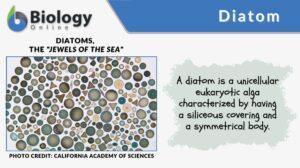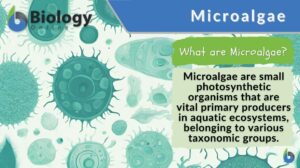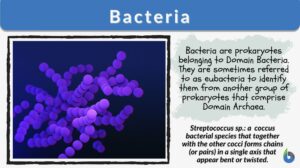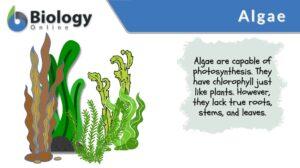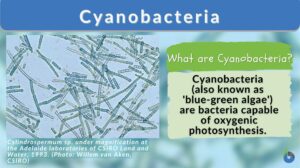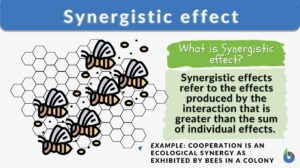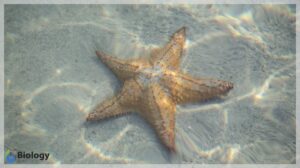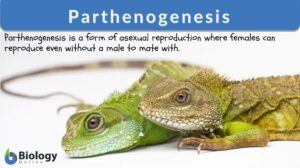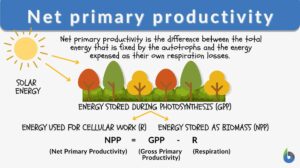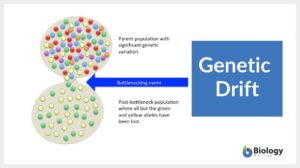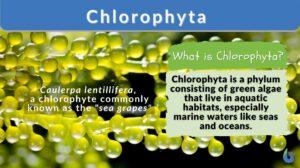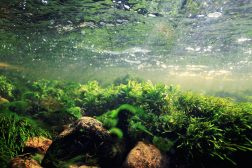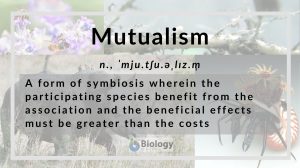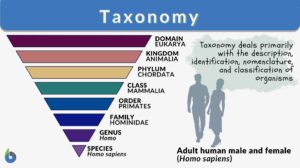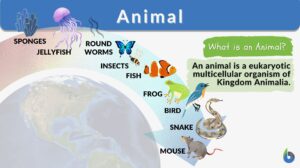Search Results for: colonies
Colony-forming unit
Colony Forming Unit Definition A Colony Forming Unit (CFU) in microbiology and cellular biology refers to a measure of... Read More
Fluctuation test
Fluctuation test (Science: investigation) test devised by Luria and Delbruck to determine whether genetic variation in a... Read More
Microalgae
Microalgae Definition Microalgae (singular: microalga) are microscopic algal species as opposed to other algae that are... Read More
Physalia physalis
Definition noun A species within the family Physaliidae characterized by being in a colony resembling a... Read More
Cyanobacteria
Cyanobacteria Definition Cyanobacteria is a group of photosynthetic bacteria widely distributed in various aquatic habitats... Read More
Siphonophore
Definition noun, plural: siphonophores Any of the various marine invertebrate of the order Siphonohorae of the class... Read More
Synergistic effect
Synergistic Effects Definition In biology, synergistic effects are the effects when chemical substances or biological... Read More
Fragmentation
Fragmentation Definition What is fragmentation? In general, fragmentation refers to the state or the process of breaking... Read More
Parthenogenesis
To reproduce, by definition, means to produce new offspring. The process is referred to as reproduction, which is one of the... Read More
Replica plating
replica plating (Science: technique) technique for testing the genetic characteristics of bacterial colonies. A dilute... Read More
Net primary productivity
In order to keep the biosphere running, different organisms play different roles and functions. Some help in oxygen... Read More
Bee Species Outnumber Mammals And Birds Combined
Scientists have discovered that there are more bee species than previously thought. In the first global accounting of bee... Read More
Disruptive Selection
An evolutionary process known as disruptive selection (or disruptive natural selection) causes a population to become... Read More
Genetic drift
Genetic Drift Definition What is genetic drift in simple terms? The simple definition of genetic drift ( also referred to... Read More
Diatomaceous earth
Definition noun A type of silica-rich dirt which is soft, fine-grained, porous, light-coloured, and composed of the... Read More
Choanoflagellate
Definition noun, plural: choanoflagellates A flagellate protozoan of the genera Monosiga and Proterospongia of the class... Read More
Chlorophyta
Chlorophyta Definition Chlorophyta is a taxonomic group (a phylum) comprised of green algae that live in marine habitats.... Read More
Lycinibacillus fusiformis
Definition noun A long rod-shaped obligate aerobe organism that is able to utilize oxygen to metabolize numerous sugars... Read More
Streptolysin S
Definition noun A nonantigenic, oxygen-stable β-hemolytic enzyme produced by some bacteria, especially... Read More
Peristalsis
What is Peristalsis? Peristalsis is the series of involuntary, wave-like muscle movements in the cylindrical, hollow tube... Read More
Neisseria sicca
Definition Noun A gram-negative diplococcus oxidase positive commensal bacterium involved as a normal flora of human oral... Read More
Bacteroides caccae
Definition Noun A gram-negative non spore-forming anaerobic and rod-shaped bacterium involved in inflammatory bowel diseases... Read More
Chrysophyta
Definition noun (phycology) A phylum comprised of chrysophytes (golden algae), xanthophytes (yellow-green algae), and... Read More
Nectophore
Definition noun, plural: nectophores The swimming bell in (the colony of) siphonophores Supplement The nectophores are the... Read More
Lotic Communities & Algae
In general, the diversity of plant species in a lotic community is small compared to that of a still water (lentic)... Read More
Enterobacteriaceae
Definition noun: (taxonomy) A family of gram-negative bacilli that inhabit the large intestine of humans and other... Read More
Conjugation
Conjugation generally means the joining or coming together (union), such as in certain unicellular organisms (some bacteria,... Read More


